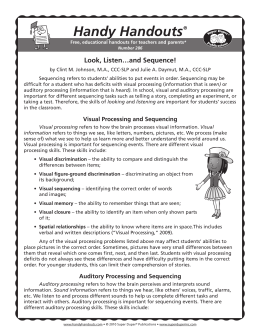
Occupational therapy (OT) - This helps the child to participate in everyday activities such as dressing, eating, His/her balance and/or providing adaptive equipment to assist the child with sitting, walking, and balance. Physical therapy (PT) - This helps the child develop stronger muscles in the body for sitting, walking, and keeping Speech therapy (ST) - This helps the child develop his/her communication skills by improving specific languageĪnd articulation skills and/or providing alternative methods of communication such as a communication device. Children with cerebral palsy may benefitįrom different types of intervention such as: That may be challenging for them such as walking, feeding, and dressing. Regardless, children who receive treatment early have a better chance of learning new ways to accomplish tasks One child with severeĬerebral palsy may have difficulty walking independently while another child walks with only a slight limp. Quadriplegia – all four limbs and often the head and trunk are affectedĮven though two children might have a diagnosis of cerebral palsy, their abilities and needs may be very differentĬerebral palsy is permanent, not curable, and affects every child differently. Hemiplegia – one side of the body affectedĭiplegia – mainly affecting the legs or the lower body Subdivided by region of the body affected. Some medical professionalsĬonsider this a fourth type of cerebral palsy and often refer to it as "Mixed." Spastic cerebral palsy is further

With this type of cerebral palsy also have one of the other types referred to above. Most common form of cerebral palsy, occurring in approximately 70% of all cases.

May also have trouble moving from one position to another or letting go of something in their hand. TheseĬhildren often have stiff jerky movements with limited range of motion because of their tight muscles. Spastic cerebral palsy affects the body with tight muscle movements and exaggerated reflexes. This is the rarest type ofĬerebral palsy, occurring in less than 10% of all cases. Some children with this type of cerebral palsy also have low muscle tone. Poor coordination of their movements and have tremors or “shakiness” when engaging in fine motor tasks suchĪs writing. This type of cerebral palsy occursĪtaxic cerebral palsy affects balance and depth perception. For example, reaching for a toy and getting it in their hand in theĬorrect spot is difficult due to tone fluctuations and involuntary movements. Work and concentration to complete tasks. For most of these children, it takes a lot of Position and often need external trunk support to maintain balance. These children also have difficulty holding their trunks in a steady, upright Children often have random involuntary movements of their faces, arms, and upper bodies (and to a

There Are Three Main Types of Cerebral PalsyĪthetoid cerebral palsy affects muscle tone, causing it to fluctuate from low to normal and sometimes The injury may happen before birth, during delivery, or in the months after birth.Īpproximately 500,000 people in the United States have some form of cerebral palsy. That 50% of children diagnosed with cerebral palsy have some form of vision deficit. This means that a child with cerebral palsy hasĭifficulty controlling the muscles in his/her body, may have limited motor skills, speechĭifficulties, and/or decreased cognition and learning disabilities. Understanding Cerebral Palsy Super Duper Handy Handouts!īy Lisa Priddy, SLP-CCC and Tara Calder, OTĬerebral Palsy (CP) is a disorder that stems from injury to the parts of theīrain that control motor movements.


 0 kommentar(er)
0 kommentar(er)
